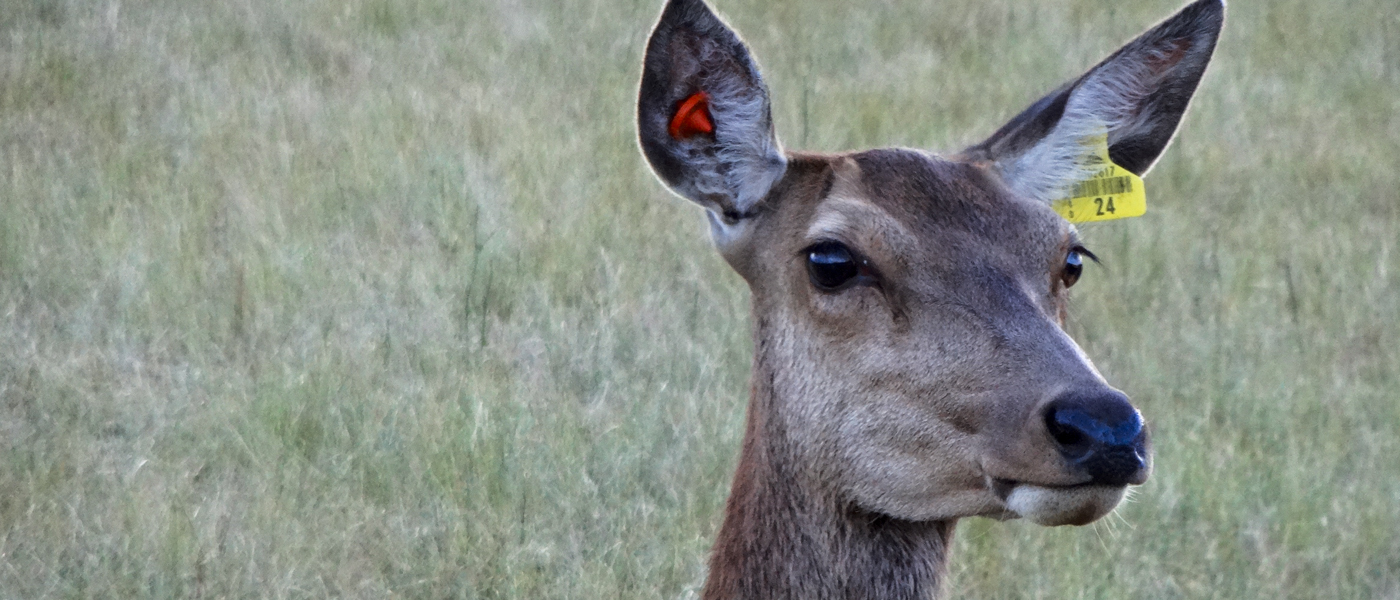
One of the problems with managing hinds over the summer is that the fawning of hinds does not match feed supply and demand as well as sheep and cattle lambing and calving in the spring. Hinds fawn after grass has gone reproductive and has largely lost its best feed quality. Deer are programmed to make the most of summer growth and to grow rapidly when it is available. Peak lactation occurs around six weeks after fawning which corresponds to clovers and ryegrass losing their quality, especially in drier districts.
In these drier districts, alternative sources of quality feed are essential from mid-summer through until autumn. Hinds will lactate well on high quality feeds such as clovers, lucerne, plantains or chicory. However, they do not do well on low quality feed such as standing hay, because such feed takes longer to digest and produces lower levels of metabolisable energy and protein. Every 1MJME/kg DM increase in feed quality allows fawns to grow around 50g/day faster. Liveweight gain in fawns can vary from 220-700g/day, with a target of 400g/day achievable provided hinds are fed on quality pastures.
Additionally, make sure you monitor hinds’ condition closely, as hinds producing high volumes of milk and producing large weaners will lose condition. It is very important to not allow hinds’ condition to fall below BCS 2.5 or it will become more difficult for these hinds to get in calf early in the autumn.
Monitor the season closely as well, as much of the east coast of the South Island is already below seasonal rainfall averages. Buy in feed early if necessary, and ensure hinds always have good access to a plentiful supply of clean drinking water. Well-fed hinds that lactate well will enable early weaning of fawns if it becomes very dry over the summer. It is often prudent to wean early when dry, especially if there is still quality feed available for the fawns, ensuring they are not competing with the hinds. While generally it is preferable to wean pre-rut, around early March, that changes to mid- February provided there is enough quality feed for the weaners.
Well-fed hinds over the summer, weaned by early March, will cycle and fawn earlier, giving next year’s fawns a great start on life.
Ivan Holloway Vetlife